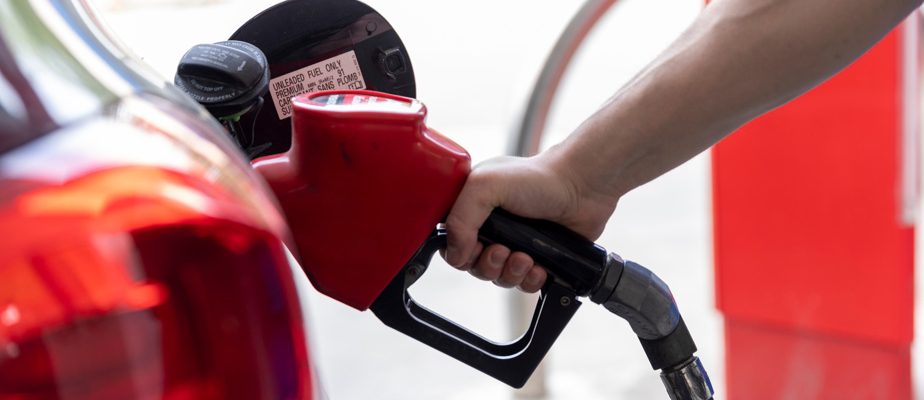(Ottawa) Federal pricing on carbon pollution increases by $15 per tonne this Monday across the country. Here’s how this increase could affect you, or not.
Who pays the “carbon tax”?
Canada has two different carbon pricing programs: one for large industries, where companies pay on a share of their actual emissions, and the other is a consumption tax that is applied to purchases of fossil fuels.
The consumption tax affects individuals, small and medium-sized businesses, First Nations, as well as public sector operations such as hospitals, universities, schools and municipalities.
The increase that came into effect Monday concerns the consumption tax, which applies in all provinces and territories, except British Columbia, Quebec and the Northwest Territories.
British Columbia and the Northwest Territories both have their own very similar “carbon tax” on consumers. Quebec, for its part, has a cap and trade system that is quite different, but which is still considered equivalent by Ottawa.
What does the “carbon tax” apply to consumption?
The fuel charge adds to the price of more than 20 different fuel sources that produce greenhouse gas emissions when burned for energy, including gasoline, propane, diesel and natural gas.
The additional cost associated with each fuel depends on the amount of greenhouse gases produced when that fuel is burned to produce energy.
A liter of diesel produces more carbon dioxide than a liter of gasoline, for example, so the carbon price is higher for a liter of diesel than for gasoline.
What effect will this increase have on the price of fuel?
The impact will be similar in all provinces, except Quebec.
The gas tax increases from $65 to $80, which is equivalent to 17.6 cents per liter, an increase of 3.3 cents per liter. This means that filling a 50 liter tank will cost around $8.80 in carbon prices, around $1.65 more than before.
Starting this Monday, the price of a liter of diesel will include 21.39 cents in “carbon tax”, compared to 17.38 cents before the increase.
As for propane, the “carbon tax” now represents 12.38 cents per liter, compared to 10.08 cents previously. A standard 20-pound barbecue propane tank will include about $2.20 in carbon pricing, compared to $1.78 last year.
As for natural gas, on average in Canada, households consume approximately 2,280 cubic meters of natural gas per year, mainly for heating. At $80 per tonne, the price of carbon will add 15.3 cents per cubic meter of natural gas, compared to 12.4 cents previously.
Indirectly, carbon pricing also leads to increased costs on other goods, since businesses that must pay it increase the cost of their goods and services to compensate.
Amounts vary by industry, but Statistics Canada estimates that carbon pricing has increased the price of food by about 0.3% and that of clothing by 2% since its inception.
How much will the Canadian Carbon Rebate help?
Provinces that participate in the federal carbon pricing system also receive the federal rebate. British Columbia and the Northwest Territories also offer their own, slightly different royalties.
The federal rebate, which is deposited four times a year, is distributed among households based on family size. Each year, Environment and Climate Change Canada calculates the expected revenue from carbon pricing in each province and, by law, must return 90% of that revenue in the form of rebates.
Part of the remaining 10% is used to increase fees for rural residents by 20%. Some of the rest is intended to help businesses become more fuel efficient, but these programs have been very slow to roll out. Most businesses have received nothing since carbon pricing was implemented five years ago.
Fees increase as the price increases, but this year many Atlantic households will not see an increase. In fact, nearly a third of households in these provinces use fuel oil and have been exempt from carbon pricing since October.
The next rebate payment is scheduled for April 15.
